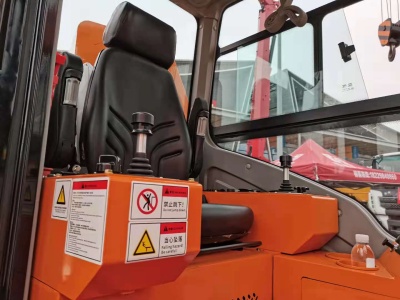Industrial control levers are essential components in various industrial settings, enabling operators to precisely control machinery and processes. Understanding how to use these levers correctly is not only crucial for efficient operation but also for ensuring safety in the workplace. Here is a comprehensive guide on using industrial control levers.

Familiarizing Yourself with the Lever
Before operating an industrial control lever, it\\\\\\'s vital to get acquainted with its physical features. Control levers come in different shapes and sizes, often designed to fit the specific requirements of the machinery they operate. They typically have a handle that is easy to grip, allowing for smooth and accurate movement. Some levers may have additional features such as detents or notches, which provide tactile feedback and help in setting specific positions.
The lever is usually connected to a control mechanism within the machine. This connection can be mechanical, hydraulic, or electrical. Understanding the type of connection is important as it affects how the lever responds to movement. For example, a mechanical connection may offer a more direct and immediate response, while a hydraulic connection might provide a smoother, more controlled movement.
Basic Operation
Operating an industrial control lever is relatively straightforward once you understand the basics. To start, place your hand firmly on the handle. The grip should be comfortable yet secure, ensuring you have full control over the lever\\\\\\'s movement.
When moving the lever, apply a steady and gradual force. Avoid making sudden, jerky movements as this can cause the machinery to react unpredictably. The direction of movement of the lever corresponds to the action it controls on the machine. For instance, moving the lever forward may increase the speed of a conveyor belt, while moving it backward could slow it down.
Most control levers have a neutral position. This is the resting position of the lever when no action is being performed. Returning the lever to this neutral position when not in use is a good practice as it helps prevent accidental activation of the machinery.
Precise Control
For tasks that require precise control, such as in robotics or precision manufacturing, the industrial control lever becomes a highly sensitive tool. In these cases, the operator needs to make minute adjustments to the lever\\\\\\'s position.
The key to achieving precise control is to make small, incremental movements. Pay close attention to the response of the machinery to each movement of the lever. Some control levers are designed with a high degree of sensitivity, allowing for very fine adjustments. In such cases, even the slightest movement of the hand can result in a noticeable change in the machine\\\\\\'s operation.
Using the detents or notches on the lever, if available, can also aid in achieving precise control. These features can be used to set specific positions accurately, which is especially useful in applications where consistent and repeatable settings are required.
Safety Considerations
Safety should always be a top priority when using industrial control levers. Before operating the lever, ensure that the area around the machinery is clear of any obstacles or personnel. Check that all safety guards and protective equipment are in place.
Never vior or malfunction in the control lever, stop using it immediately and report the issue to the appropriate maintenance personnel.
When training new operators on the use of industrial control levers, provide thorough instruction on safety procedures. Emphasize the importance of following safety guidelines at all times to prevent workplace accidents.
In conclusion, industrial control levers are powerful tools that require proper understanding and handling. By familiarizing yourself with the lever, mastering basic and precise operation techniques, and always prioritizing safety, you can effectively use these levers to enhance the efficiency and safety of industrial processes.